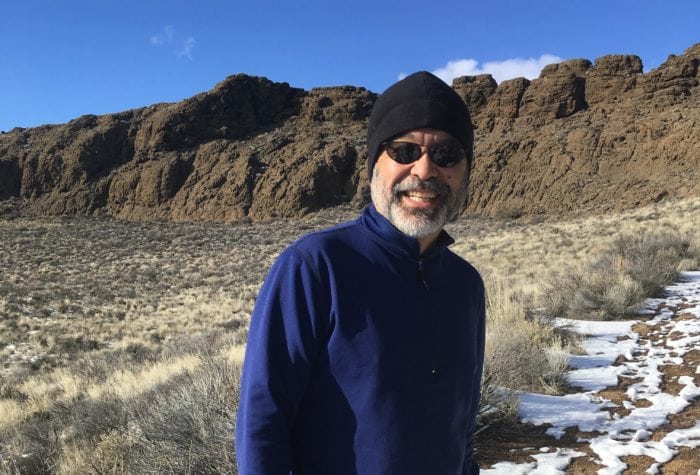Conditions on the ground in Oregon’s high desert can change rapidly and recreational facilities can become partially or fully closed due to any number of circumstances, including snowfall, wildfire — or a pandemic, as 2020 brought to light. It’s always best practice to check land management agency websites for current conditions before you head out on a desert adventure. Find contact information for land agencies across Oregon’s desert below.
FIRE: Fire restrictions and area closures may be in effect year round. Please check with the land management agency. You can use this statewide map of fire restrictions to zoom in on your destination and check restrictions before you head out. If you are headed to BLM land, look up the restrictions by district.
You can check for active wildfires and area closures from the following sources:
- National Interagency Fire Center provides nationwide info. Here is the NW Current Condition map.
- Central Oregon Fire Info provides detailed updates on fires in Central Oregon.
- This interagency fire status map shows which recreation sites statewide are closed or have reduced services due to fire and post-fire recovery work.
- Interagency dispatch centers in Burns, Vale, and Lakeview keep track of fires of all sizes in southeastern Oregon.
- Oregon Department of Forestry updates a map of active fires throughout Oregon.
- InciWeb tracks large fires nationally.
HUNTING: Before heading out be aware of any active hunting seasons by calling Oregon Department of Fish and Wildlife at (503) 947-6000 or checking regulations on their website: big game hunting and game bird hunting. Wear orange or other bright colors and avoid dusky brown, white, and light gray. Avoid hiking at dawn and dusk and be especially cautious if you are hiking cross country, away from established trails.

